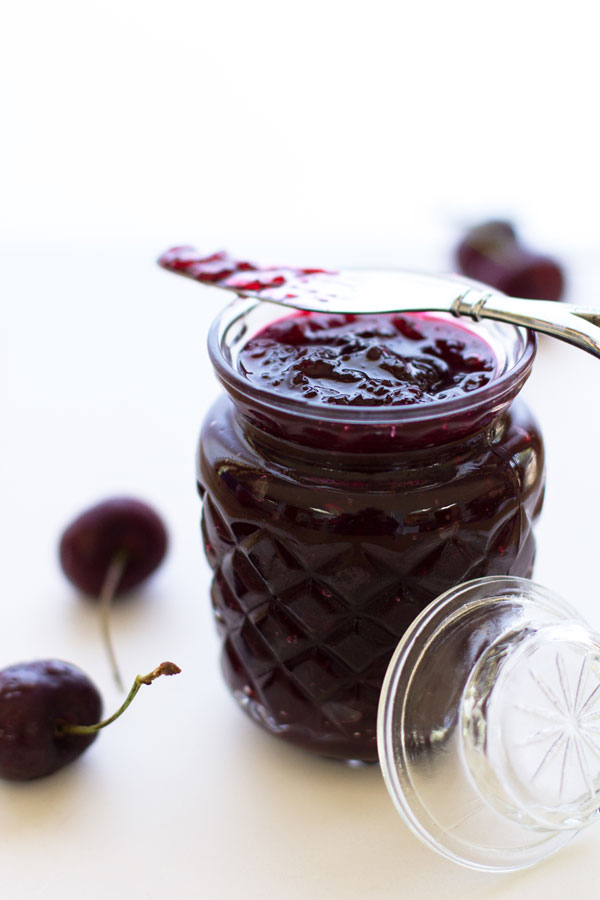

- #JUICE JAM KEEPS CRASHING HOW TO#
- #JUICE JAM KEEPS CRASHING MOVIE#
I sincerely hope you love my recipe, that the addition of chopped fruit isn’t too offensive to any purist (it’s optional!), and that my scones becomes a staple of your routine. For even more recipe ideas you can follow me on Pinterest! As a young food blogger, these things really help me to grow.

Please consider tagging me on Instagram jamandbreadofficial (I love seeing when other people make one of my recipes!) or leaving me a review below if you make my British Scones.
#JUICE JAM KEEPS CRASHING HOW TO#
How To Make Perfect British Scones (without a food processor). Pretty cool! Since you’re here, here’s a short list of the other top recipes on Jam & Bread. This is one of my top recipes and even without SEO-optimization (yes, that’s a thing) it does quite well on Google when people search for British Scones recipes. British Scones | Jam & Bread | Matthew Smedal Looking for other inspiration? This last step is not at all traditional but I can tell you from personal experience that when a Brit bites into a scone that is riddled with tiny chunks of fruit they stop caring if that’s how their grandmother made them because the added tiny bursts of flavor are just so very good. And we’ll pulverize our fruit in the food processor. We’ll fight our very nature and be reserved with our sugar. We’ll use European butter (Kerrygold, Finlandia, Pulgria, etc) as that will give us the extra fat that is going to make these scones go from good to great. We’ll take down the protein content of our All-Purpose Flour by adding in some cornstarch. So, I am very happy to share with you my crash-course in How To Make Perfect British Scones (in America). And then there’s the amount of sugar to use, and the rise that you want out of the scones… seriously, this was a 5-year project. And after making scones with and without eggs I can tell you that the Tea Houses of London absolutely include egg in their doughs. Virtually every recipe you pull from the UK is eggless but my mother-in-law, Pat, has always maintained that while egg might not be traditional it’s required for the lightest, fluffiest, scone. There is also the issue of adding an egg to the batter or not. And every manufacturer uses a slightly different amount of leavening agent making it difficult to know how much (if any) extra baking soda to add. The protein content of both is again a bit different, but on top of that US Self-Rising flour has salt added to it while UK Self-Raising flour does not. There is also the issue of UK Self-Raising flour vs US Self-Rising flour. 
And UK butter has a higher fat content than American butter (side note: Write your representatives - what are we doing wrong that our butter has less fat than butter that exists in Europe? This is a serious scandal that needs to be addressed!).
American All-Purpose flour, for example, has more protein than than UK Plain flour. It turns out that some of our staples are quite different from those in the UK. Little by little, over the course of several years, I started to do a research. British Scones | Jam & Bread | Matthew Smedal Ingredients make all the difference when making British scones in America Such was the reaction in my house when I served Lyndon a high-profile American’s take on British Scones. Tigger takes a giant mouth-full, turns his head to the side, and says: “Tiggers do not like honey.” #JUICE JAM KEEPS CRASHING MOVIE#
I’m not sure if you’ve ever seen the 1977 Disney movie “The Many Adventures of Winnie The Pooh,” but there is a scene where Pooh offers Tigger honey. So I made an American recipe for British Scones that I found from a VERY REPUTABLE high-profile recipe source. When I started in earnest to produce a British Scone like the ones Lyndon grew up with (and the ones I had eaten in Tea Rooms across the UK) I turned to BBC Good Foods, assuming that the recipe there would produce a great scone right off the bat. All the lackluster recipes for British Scones that I made







 0 kommentar(er)
0 kommentar(er)
